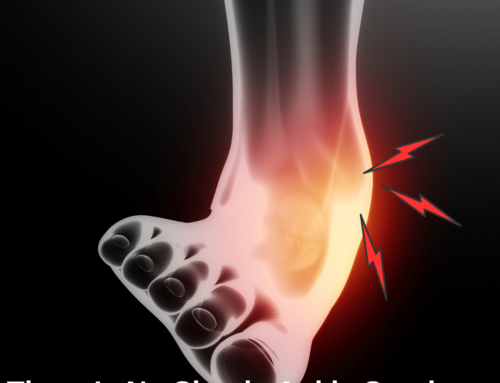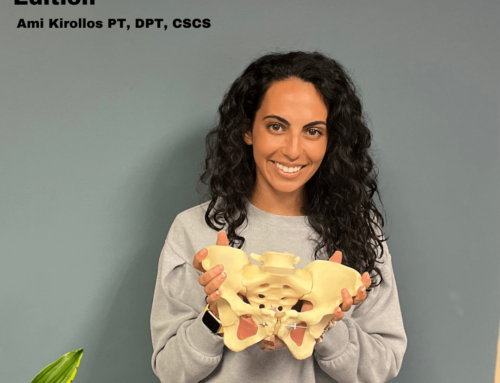High Intensity Resistance Exercise Is For Everyone… Using BFR!

Q: What is a “High-Intensity Resistance Exercise”?
The American College of Sports Medicine (ACSM) defines high-intensity resistance training to be loads of at least 70% of your 1-rep max (1RM). This level of resistance is thought to be required in order to produce muscle growth (hypertrophy) and strength gains.
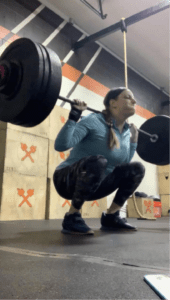
Q: Is high-intensity resistance training appropriate for me?
High-intensity resistance training may not be appropriate for you if you have:
- Cardiovascular disease
- Joint disease/injury
- Post-operative limitations
- Weight-bearing restrictions
Q: How can I BUILD STRENGTH if I cannot do high-intensity resistance training?
Research has shown that with blood flow restriction (BFR) training, you can achieve the SAME degree of muscle growth and strength gains while using 20-30% of your 1-RM. This is considered to be low-intensity resistance training.
Q: What is BLOOD FLOW RESTRICTION TRAINING (BFR) training?
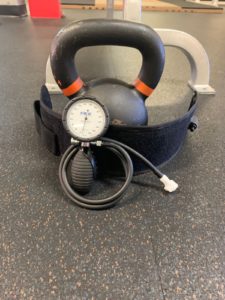
BFR training is simple – you wear an occlusive cuff (much like a blood pressure cuff), on one or more of your extremities while exercising. Your blood flow is NOT completely stopped, but partially restricted in order to create the necessary environment for your muscles to grow and become stronger with low-intensity resistance exercise.
Q: If you’re restricting my blood flow, isn’t that dangerous?
Not at all. Research suggests that low-intensity resistance training with the use of BFR is no more dangerous than normal or high-intensity resistance training.
Q: This sounds great! How can I get blood flow restriction training?
The best way to use BFR training is under the supervision and direction of a certified BFR practitioner, and we have plenty! Just give us a call for an appointment today (770) 500-3848.
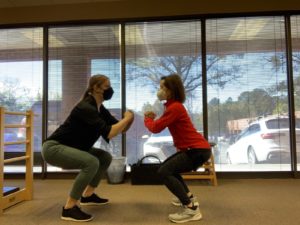
References:
- Hughes L, Paton B, Rosenblatt B, Gissane C, Patterson SD. Blood flow restriction training in clinical musculoskeletal rehabilitation: A systematic review and meta-analysis. British Journal of Sports Medicine. 2017;51(13):1003-1011. doi:10.1136/bjsports-2016-097071
- Loenneke JP, Wilson JM, Marín PJ, Zourdos MC, Bemben MG. Low intensity blood flow restriction training: A meta-analysis. European Journal of Applied Physiology. 2011;112(5):1849-1859. doi:10.1007/s00421-011-2167-x
- Vechin, FC, Libardi, CA, Conceição, MS, Damas, FR, Lixandrão, ME, Berton, RPB, Tricoli, VAA, Roschel, HA, Cavaglieri, CR, Chacon-Mikahil, MPT, and Ugrinowitsch, C. Comparisons between low-intensity resistance training with blood flow restriction and high-intensity resistance training on quadriceps muscle mass and strength in elderly. J Strength Cond Res 29(4): 1071–1076, 2015
About the Author:
 Emma brings a wide range of clinical experiences to the One on One team including orthopedics, sports medicine, post-operative rehabilitation, injury prevention, functional strengthening, pediatrics, vestibular, and concussion therapy.
Emma brings a wide range of clinical experiences to the One on One team including orthopedics, sports medicine, post-operative rehabilitation, injury prevention, functional strengthening, pediatrics, vestibular, and concussion therapy.
She has completed a residency in Orthopaedics and is Board Certified. She has extensive training in Dry Needling and Manual Therapy, as well as a certification in Blood Flow Restriction Training.

